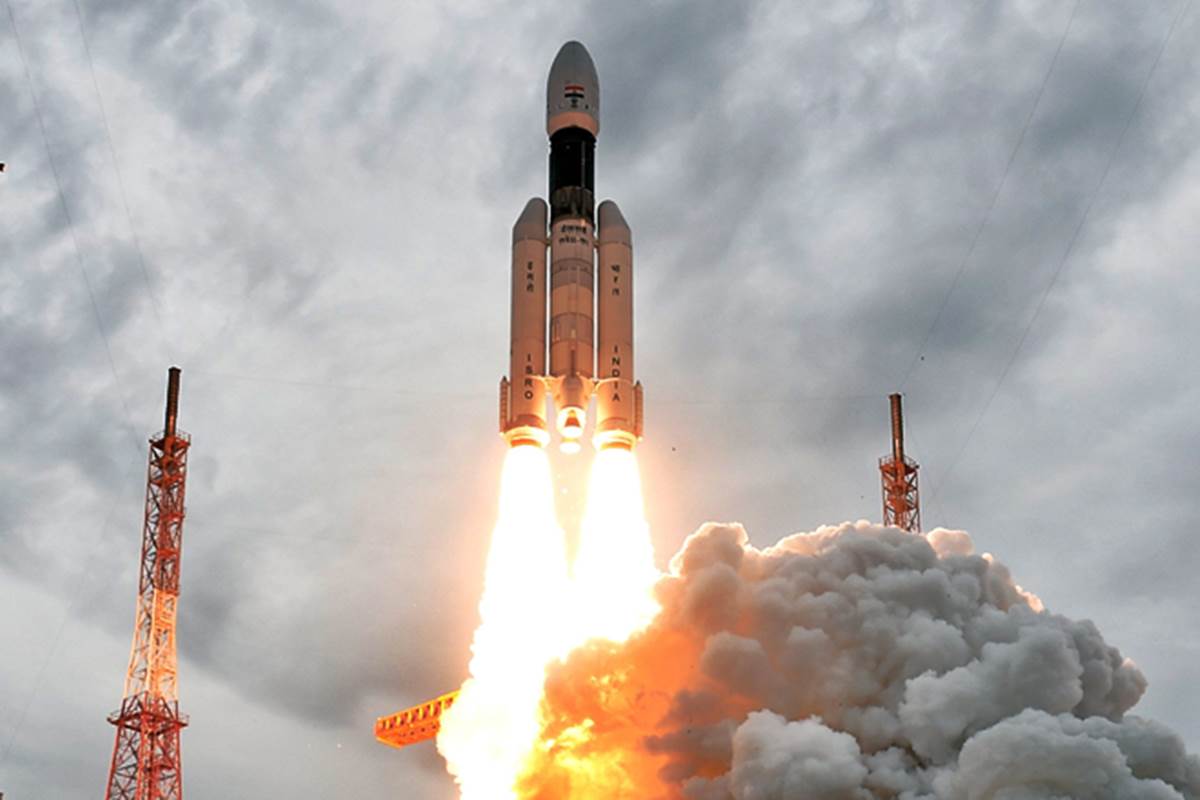India is definitely holding its own in Small Satellite launch
15th Jul 2020
India confidently takes the 5th place in the list of leading space powers after the USA, Russia, China, and Japan with the Indian small satellite launch vehicles. This is one of the few countries that has its own ISRO space agency and provides a full cycle of space services, from satellite production to launching into orbit. Of the 2666 satellites operating today, 55 were launched by India. In total, Indian launch vehicles launched 300 satellites, most of which belong to other countries.
Indian success in Space
The Indian space saga began in 1969 with the creation of ISRO. And only 6 years later, the first Indian satellite Ariabhata was launched, although not without the help of the USSR. However, Indian engineers quickly learned, and by 1980 not only created the satellite on their own but also launched it on a rocket of their own production – SLV (Satellite Launch Vehicle). In total, SLV made 2 successful launches out of 4, and in 1983 it was decommissioned due to frequent breakdowns and a small payload (only 40 kg).
Subsequently, India developed 2 more types of launch vehicles GSLV (Geosynchronous) and PSLV (Polar) and, with their help, stably launched Indian small satellite launch vehicles and satellites into polar and geosynchronous orbits. Particularly significant were flights to the Moon in 2008, and to Mars in 2013.
Rapidly developing as part of the national space program, by 2017, India came in fifth place in the world in terms of space spending. The same year, ISRO launched a record number of 104 satellites on a single PSLV rocket.
The result of high competition
Despite its high activity, the Indian industry of orbital launches has faced strong competition from other countries in recent years and has demanded an expansion of its launch vehicle range. The existing PSLV and GSLV missiles have a carrying capacity of 3 and 5 tons per LEO and a launch cost of $28 and 47 million, respectively, which makes them unsustainable for launching small satellites due to their high cost and low launch frequency. Given the growing global trend towards the production of lightweight rockets, ISRO faced the challenge of creating its own more cost-effective rocket in all respects to launch small satellites with the ability to support multiple orbital descents.
In December 2018, the Vikram Sarabhai Space Center (VSSC) in Tumba completed the design of SSLV with a payload of 500 kg on LEO and 300 kg on SSO. It is expected that the cost of launching a new rocket will not exceed 5 million, and preparation for launch will take no more than a week. At the same time, the rocket can be assembled both vertically, as the existing PSLV and GSLV, and horizontally, as the decommissioned SLV, and for the preparation and launch procedure you will need a team of only 6 people. In comparison, 100 times more specialists are required to prepare for the launch of PSLV.
The rights to the first commercial launch of SSLV in 2019 were acquired by the American aerospace company SpaceFlight. The Indian rocket and Indian small satellite launch vehicles are to launch 4 BlackSky Global geomonitoring satellites on LEO, weighing 56 kg each. The launch is scheduled for the second half of 2020. If everything succeeds as ISRO plans, SSLV has every chance of crowding out existing players of the small satellite launch market.






Thank you for your comment! It will be visible on the site after moderation.